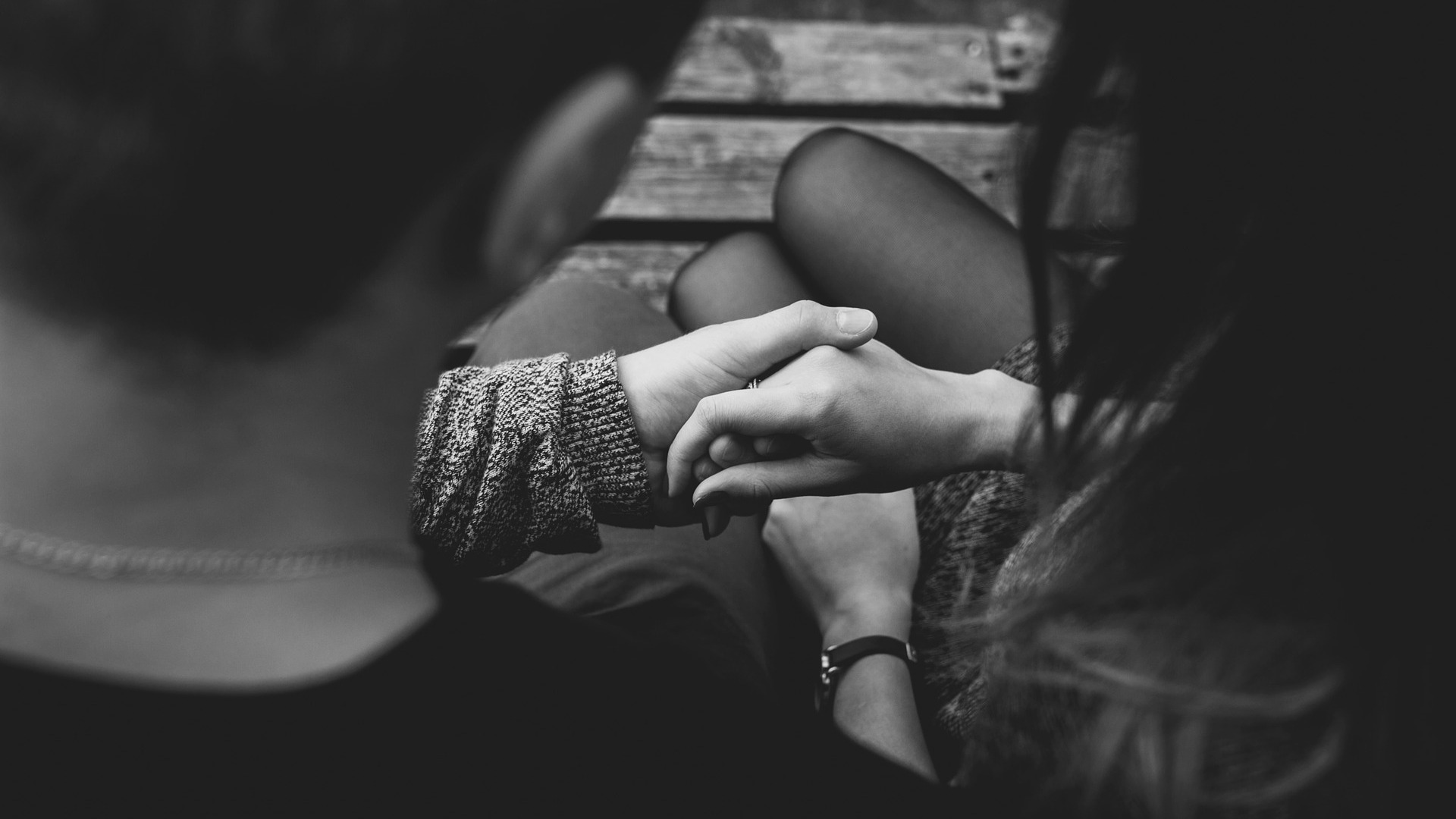Noir is one of the most popular styles of photography. Noir means “black, raw, dark” in French, so the dark shots are reminiscent of shots from 60’s crime movies. The images are filled with emotion, which creates sinister shadows and deep images. And everything is thanks to the specific lighting, contrast and composition. And such photos come in two types:
- film noir;
- neo-noir.
The first are from the era of Hollywood film dramas and thrillers of the 40/50s. They are characterized by a fatalistic atmosphere, black-and-white, sepia and grainy.
Photographs of the second type have replaced the classic genre. They are in color and feature a vivid visual image. But how to achieve a noir effect with minimal effort? We reveal the simple secrets of stunning pictures.
Technique #1: make dramatic lighting with contrasts and shadows
The first step to creating a dark and emotional image is adjusting the light. You should start by intensely illuminating the background. After that, you need to direct the fill light to the main object. This technique allows you to get high optical contrast.
Don’t have professional equipment? No problem! Your wit can help you out, because you can make a good noir picture even without it. All you need is a car headlight instead of a studio spotlight. Ask your assistant to spray fog or smoke in the background to achieve the most dramatic effect.
Technique #2: Use side lighting for portraits
A bright beam that hits from the side casts dramatic shadows and brings out the true depth of the subject. Its trajectory changes the picture dramatically. And “laterally” isn’t necessarily just to the right or left. Sometimes it’s about moving the light source diagonally or pushing it back a little.
Experiment with how the bright spot wanders across the face of the person being photographed, and adjust the light accordingly. Concentrate on the amount of shadow and glare.
Technique #3: Have friends act out movie characters
The best way to create authentic neo-noir or film noir photos is to plug your models’ acting talents into the process. The people you’re shooting should be immersed in a dusky atmosphere so that it’s readable on their faces even without visual effects.
Noir characters are always mysterious: their appearance reflects mysterious events of the past that no one knows about. A great example of such a character is the Joker, played by Joaquin Phoenix. The reason for his departure into the darkness the audience unravels throughout the film. This is a fantastic example of neo-noir presented in modern ways.
Technique #4: Model a multi-talking scene
To get a great shot, you have to work not only with the camera settings and lighting, but also with the ambient background. How? You have to use techniques that will increase the contrast between the key subject and the scene. Various combinations of the lighting techniques described above will work for this. Learn how to manipulate them correctly, and then you’ll be able to enhance and then capture the dramatic mood.
Create a scene with lots of darkened corners and elements. Your goal is to accentuate the central silhouette with an original entourage. The main thing is to place the model or object so that it looks as harmonious as possible in a noir setting.
For example, you have a fatal heroine smoking a cigarette in a car. Everything around her should tell a story and complement the key image. Set the tone of gloom and drama in a dimly lit street: an empty road, a starry night, a single streetlight surrounded by gray walls of houses. In short, look for hidden connections, avoid scenic incoherence between your character and the scene.
Technique #5: edit neo-noir and film noir photos
Such photos are great because the lighting, subject and background do most of the work for you. Even so, you can enhance them with manual methods using professional advice.
First, adjust the color balance. Base it on what emotion you intend to convey. If you’re not shooting in black and white, then tone up the saturation of your master palette. To figure out how and by how much, just answer the question: what exactly do you want to emphasize in the image?
Second, lower the contrast. This is one of the most important steps in editing noir photos. They are often contrasted because of shadows, which have to be emphasized to be more naturalistic. Do you want to turn the photo into a shot from a 1960s movie? Then make it muted.
Thirdly, use vignetting. It’s a technique that allows you to focus on the subject. If you notice that it gets lost in the background, use the slight vignetting effect. A little trick will bring your model back into focus and distract attention from the background.
